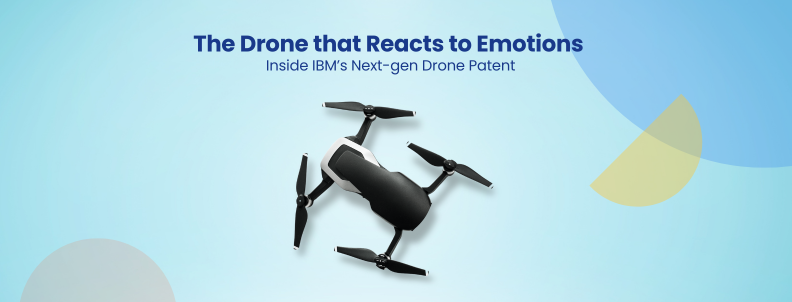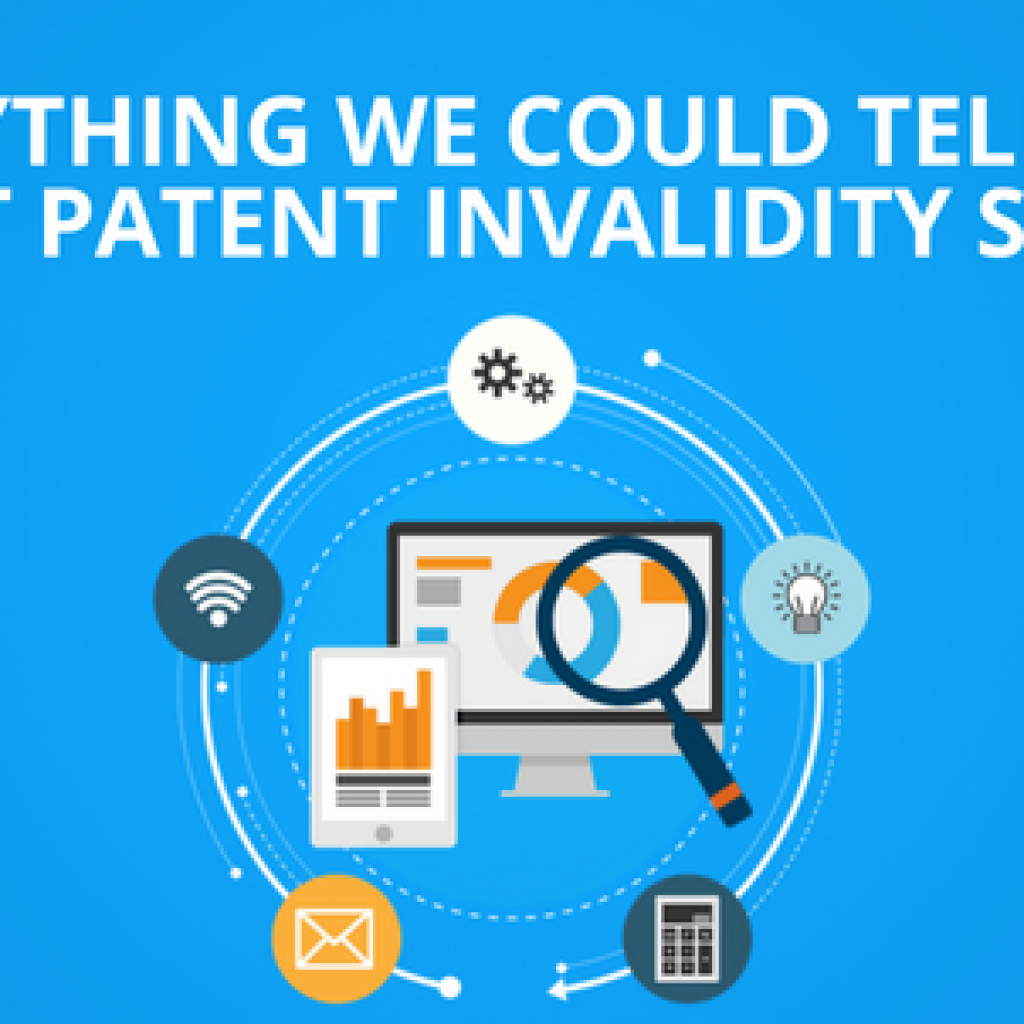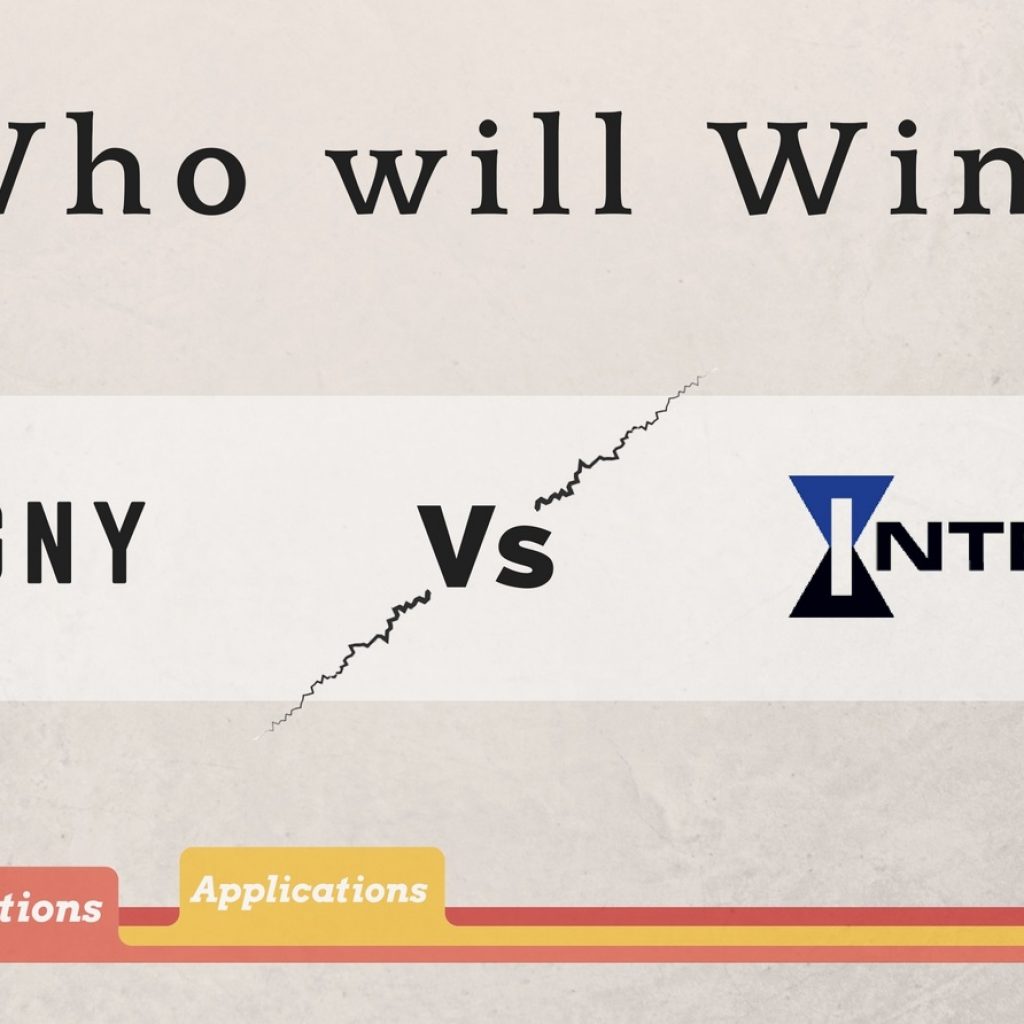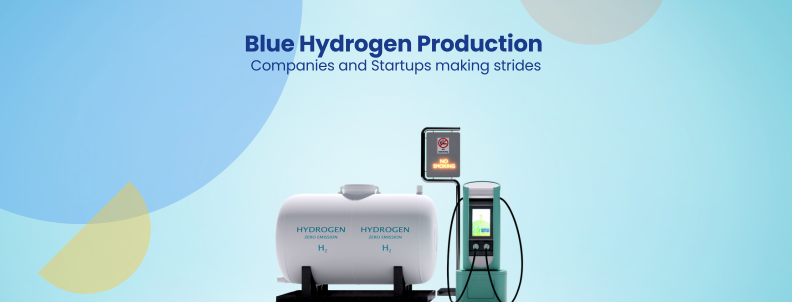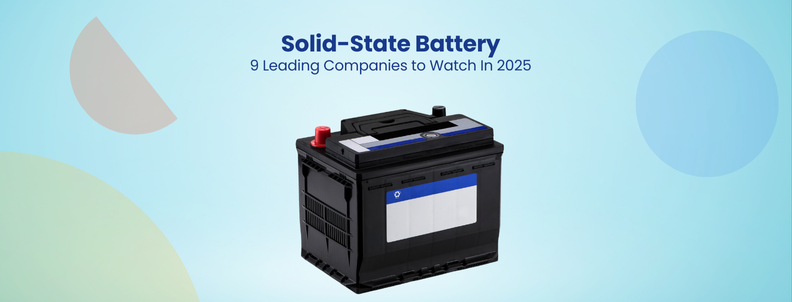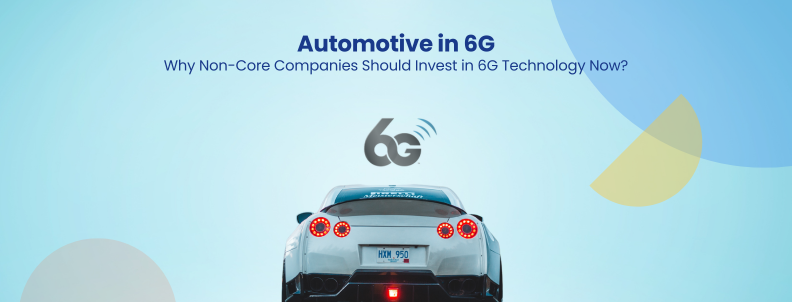In early 2021, GreyB identified one of IBM’s drone patents, US10040551B2, as a prime asset for food delivery companies. Eight months later, DoorDash acquired this patent to strengthen its portfolio!
The patent discussed a drone system capable of autonomously sensing when someone might need a coffee and delivering it on demand.
Building on this forecast, we found another promising IBM patent in the drone space: US10168700B2.
IBM’s patent, US10168700B2, introduces an advanced method for controlling aerial drones through user gestures. This system can identify and process gestures, such as pointing, dragging, and even sign language, enabling detailed user interactions. It also includes authorization gestures, allowing control to be transferred smoothly to other users when necessary.
This innovation will enhance interaction by analyzing facial expressions to detect potential emergencies, such as signs of fear or distress, triggering autonomous safety protocols when needed.
This analysis delves into the core claims, assesses market potential, and explains why acquiring IBM’s drone patent could be a game-changer. It aims to discover the advantages IBM’s drone patent offers, from enhanced user interaction to competitive market positioning.
Standout features of IBM’s next-gen drone patent
Below is a breakdown of each element in the patent claims, showing how IBM’s technology translates these features into practical functionalities:
- Observing Gestures: The drone’s camera captures specific user gestures, such as a raised hand or pointing motion, to command aerial maneuvers, like ascending or rotating.
- Executing Maneuvers: Based on the recognized gesture, the drone performs the corresponding action, offering an intuitive, hands-free control experience.
- Detecting Physical Actions: The drone observes broader physical activities beyond specific gestures, associating them with recreational activities like swimming or cycling to adjust its operational mode.
- Activity Association: The drone adapts its behavior to different activity contexts by analyzing user actions. For example, the drone can activate safety monitoring features if the user is swimming.
- Adjusting Drone Operations: In response to the user’s actions, the drone can enter manual mode for direct control or adapt its behavior based on the activity detected.
- Facial Recognition: The system’s facial recognition capability detects emotions like fear. It then autonomously switches to a safe operational mode, potentially returning to a designated safe zone.
- Autonomous Mode Operation: In autonomous mode, the drone navigates independently, avoiding obstacles and making real-time safety decisions without user input.
Market applicability and relevance
The drone industry is advancing with innovations in autonomous navigation, AI-driven decision-making, and adaptable control systems. Skydio, in particular, leads in AI for autonomous navigation, robust obstacle avoidance, and diverse deployment options. These advances benefit sectors like infrastructure inspection, public safety, and defense.
These innovations highlight a broader trend toward user-friendly, safe, and adaptable drone operations across consumer and enterprise markets. IBM’s US10168700B2 patent aligns with these demands, focusing on natural gesture-based interaction and context-aware control.
Here’s an overview of key players leveraging similar technology. The table helps analyze the potential value of IBM’s advanced patent in this growing market:
| Company | Product/Service | Estimated Market Value |
| DJI | Drones with advanced gesture control capabilities | $15 Billion |
| Parrot | Drones with customizable control features | $1 Billion |
| Amazon (Prime Air Drone Delivery) | Delivery drones utilizing hand-gesture controls | $1.5 Trillion (overall) |
| GoPro | Camera drones integrating smart gesture controls | $860 Million |
| Skydio | Autonomous drones with gesture recognition | $1 Billion |
| Intel (now part of Drone Group) | Advanced drone technology with user interaction | $230 Billion |
Licensing and enforcement potential by addressing gaps in drone technology
IBM’s advanced patent features are not fully implemented in current market products. An analysis of competitor products reveals how they align with or lack aspects of IBM’s patent claims. It also highlights opportunities for licensing or acquisition to enhance product offerings:
Products Analysis W.r.t. Patent claim

For these products, advancing to the next level of user interaction and safety would involve licensing or acquiring IBM’s patent.
Additionally, IBM’s US10168700B2 patent demonstrates strong blocking power: Snap’s patent applications (including US10768639B1, US11753142B1, US11822346B1, US11987383B2) have been restricted due to overlaps with IBM’s technology. This underscores the patent’s critical role for companies like Snap that aim to develop similar functionalities, making licensing agreements essential for advancing their drone technologies.
Fill out the form below to receive an Evidence of Use (EoU) chart mapping IBM’s Patent to market products of top drone companies.
Companies and universities to watch for collaboration opportunities
As the demand for advanced gesture-controlled drone technology accelerates, several notable players and research institutions are actively filing patents in this space, presenting promising avenues for collaboration or acquisition.
Here’s a look at key organizations whose innovations align with IBM’s drone patents, potentially making them promising partners for extending market influence or enhancing product portfolios.
| Assignee | Patent Title | Citation | Relevance |
| Amazon Technologies | Gesture-based control of drones | US20170278599 | Related to gesture control in drones |
| Georgia Tech Research Corp. | User-specific UAV control systems | US11511842B2 | Focuses on user interaction control |
| Snap Inc. | Gesture-based environment detection for UAVs | US11753142B1 | Important for gesture interaction |
Conclusion
IBM’s US10168700B2 patent is a strategic asset in the drone market. It combines cutting-edge technology with competitive blocking potential. With the rising demand for user-centered interaction, companies seeking to lead in gesture-based control technology will find immense value in acquiring this patent.
Interested in exploring the potential impact of this patent on your market positioning? Contact GreyB for a customized analysis.

Authored By: Rohit Sood, Kshitij Katoch, Rahul Mahajan, Patent Infringement Team
Edited By: Annie Sharma

